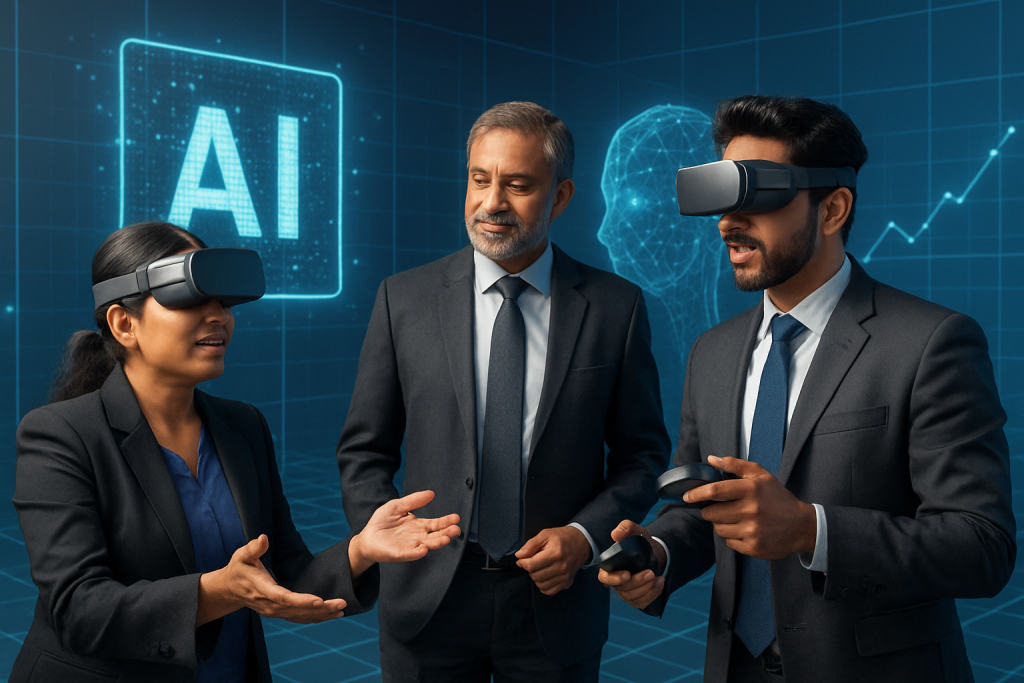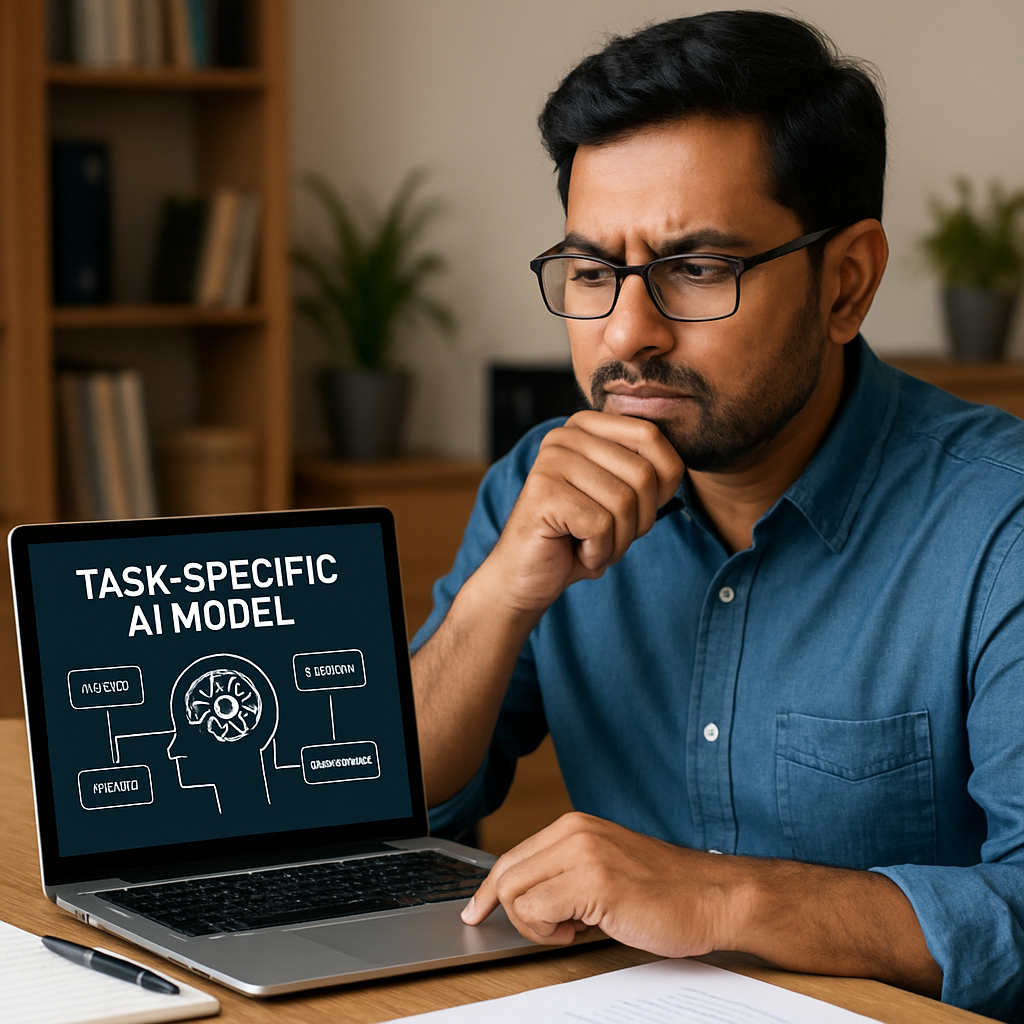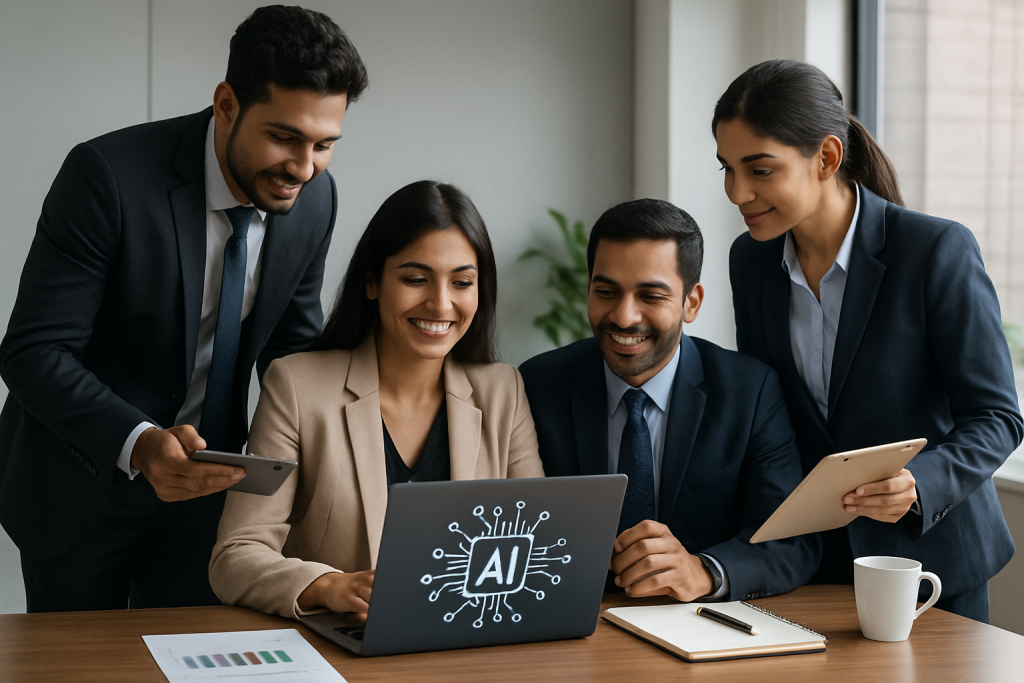Google DeepMind’s latest breakthrough could reshape how businesses train AI systems. The company unveiled Genie 3 on August 6, 2025, according to TechCrunch. This third-generation AI world model creates interactive 3D environments where humans and AI agents can explore together.
The system runs at 720p resolution and 24 frames per second. Users can generate virtual worlds lasting several minutes with simple text commands. This marks a significant leap from Genie 2’s 10-20 second limitations, as reported by The Hans India.
“Genie 3 is the first real-time interactive general-purpose world model,” said Shlomi Fruchter, research director at DeepMind. The system goes beyond narrow applications to support both photorealistic and imaginary environments.
Business leaders should note the practical applications emerging. The technology enables robot training, AI safety testing, and cognitive simulations. Unlike previous models, Genie 3 remembers object locations and visual details for up to one minute. This memory capability maintains consistency in virtual spaces.
What sets Genie 3 apart are “promptable world events.” Users can modify surroundings through text commands, according to DeepMind announcements. Weather changes or new character introductions happen seamlessly with voice commands. This feature opens possibilities for adaptive training scenarios.
The team includes former OpenAI Sora project leaders. This convergence of top AI talent signals growing industry focus on world models, as noted by industry observers.
DeepMind tested Genie 3 with its SIMA agent system. The agent successfully completed warehouse tasks like approaching specific equipment. “The SIMA agent is able to achieve the goal,” confirmed Jack Parker-Holder, DeepMind research scientist. The agent receives actions and sees simulated worlds while maintaining consistency.
However, access remains restricted for now. DeepMind offers limited research previews to select academics and creators only. This cautious approach aims to evaluate risks and develop safety protocols, according to company statements.
Current limitations exist in the technology. Complex multi-agent interactions prove challenging in shared environments. The system supports only minutes of continuous interaction when hours would benefit proper training. Geographic accuracy for real-world locations also needs improvement.
For business applications, the implications extend beyond entertainment. Robot training could benefit from consistent virtual environments. AI safety testing gains new capabilities through extended interaction times. Educational experiences and creative prototyping show promise.
The technology builds on Veo 3 video generation capabilities. Unlike hard-coded physics engines, Genie 3 learns world physics automatically. Objects move and interact based on model reasoning over time horizons.
“We think world models are key on the path to AGI, specifically for embodied agents,” Parker-Holder noted during briefings. Simulating real-world scenarios presents particular challenges that Genie 3 addresses.
Text content within generated worlds receives careful management. Readable text appears only when explicitly requested in initial prompts. This measure prevents misuse or unintended messaging in virtual spaces.
Businesses exploring AI training should monitor Genie 3 developments closely. The system enables agents to learn through trial and error. This self-driven learning approach mirrors human learning in real environments.
Researchers anticipate insights from current testing phases. The broader AI community watches for influences on context-aware agent development. Future iterations could blur reality and simulation boundaries further.
While public access awaits safety validation, Genie 3 represents a crucial stepping stone. The technology promises more functional and adaptable AI across industries. Companies investing in AI training infrastructure should prepare for world model integration opportunities.


